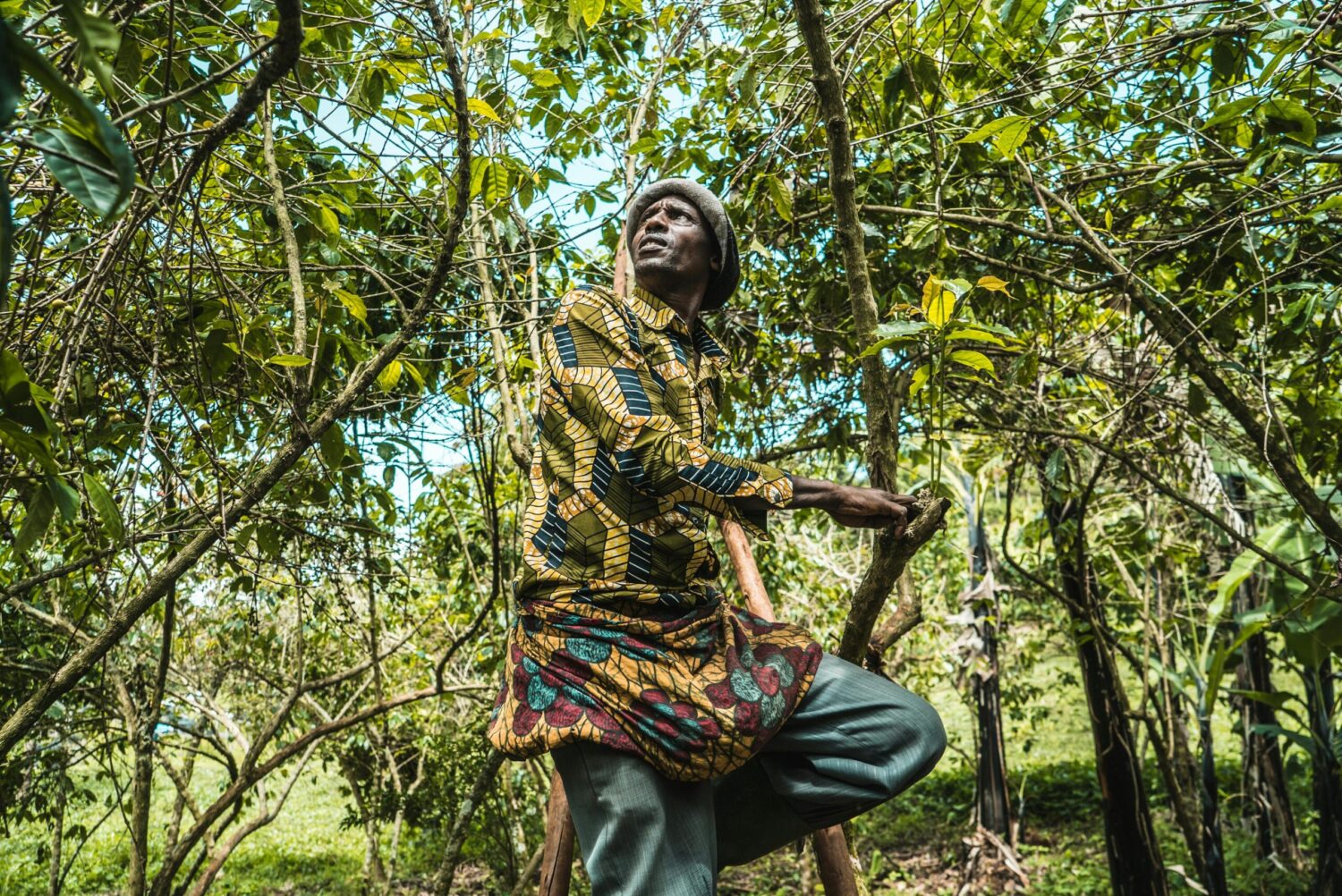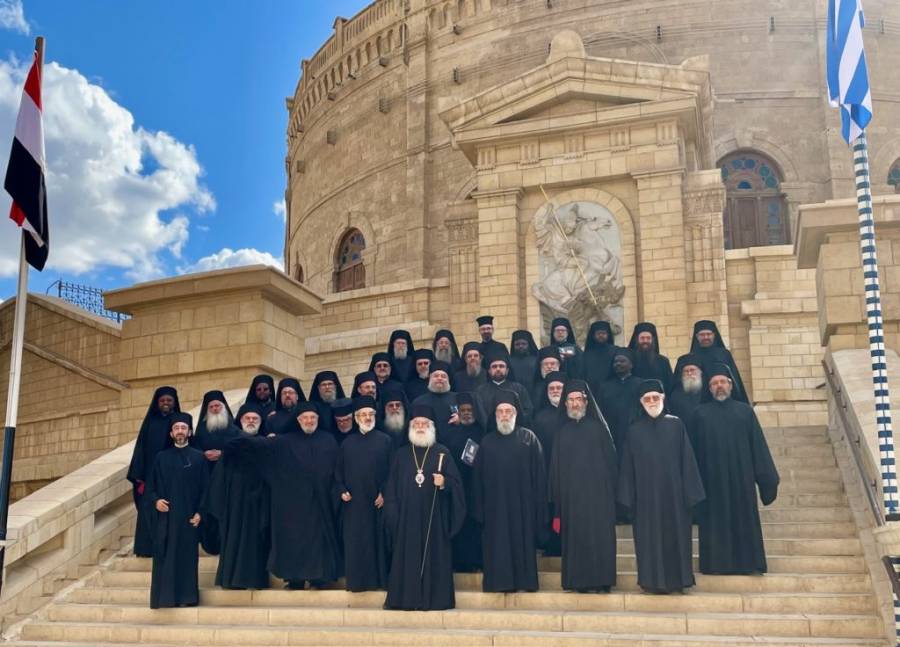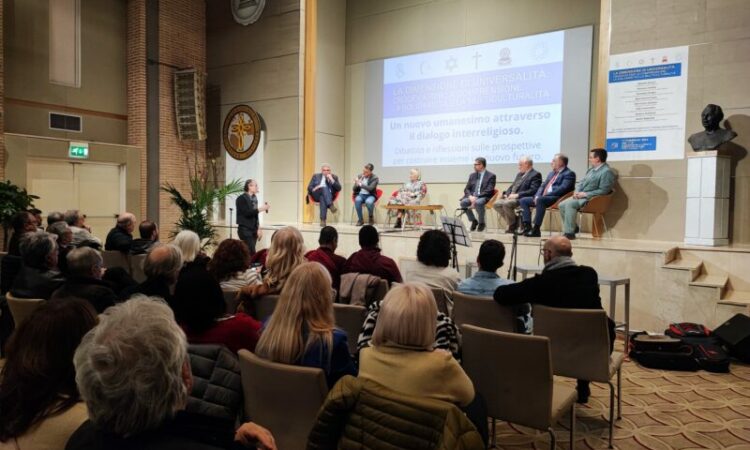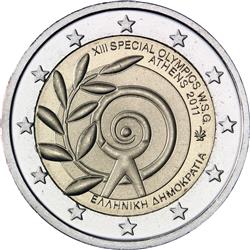Describing the move as a further sign of the junta’s “weakness and desperation”, Special Rapporteur Tom Andrews called for stronger international action to protect vulnerable populations across the country.
“While wounded and increasingly desperate, the Myanmar military junta remains extremely dangerous,” he said. “Troop losses and recruitment challenges have become existential threats for the junta, which faces vigorous attacks on frontlines all across the country.”
Filling the ranks
The junta issued an order on 10 February that he said purportedly brought the 2010 People’s Military Service Law into force.
Men aged 18 to 35 and women aged 18 to 27 can now be drafted into the army, though “professional” men and women up to the ages of 45 and 35, respectively, also may be conscripted.
The plan is to enroll 5,000 people per month starting in April. Those who evade military service, or help others to do so, are subject to up to five years imprisonment.
Appeal for action
“As the junta forces young men and women into the military ranks, it has doubled down on its attacks on civilians using stockpiles of powerful weapons,” Mr. Andrews said.
He added that in the face of inaction by the UN Security Council, countries must strengthen and coordinate measures to reduce the junta’s access to the weapons and financing it needs to sustain attacks on the population.
“Make no mistake, signs of desperation, such as the imposition of a draft, are not indications that the junta and its forces are less of a threat to the people of Myanmar. In fact, many are facing even greater dangers,” he said.
A child at an internally displaced persons (IDP) centre in Myanmar. (file)
Coup, conflict and casualties
The military seized power in Myanmar three years ago, deposing the elected Government. Army forces have since been battling with armed opposition groups, sparking mass displacement and casualties.
Latest UN figures show that nearly 2.7 million people remain internally displaced nationwide, which includes almost 2.4 million who were uprooted after the February 2021 military takeover.
Conflict continues to rage in various parts of the country, with a deteriorating situation in Rakhine state, located on the western coast, the UN humanitarian affairs office, OCHA, reported earlier this week.
Rakhine has seen escalating fighting between the armed forces and the Arakan Army, an ethnic armed group, which has constrained humanitarian access, despite escalating needs.
Meanwhile, a ceasefire continues to hold in northern Shan state, allowing most of the people who were displaced at the end of 2023 to return home. Almost 23,000 civilians who fled the conflict escalation in the region last year remain displaced in 141 sites in 15 townships.
OCHA added that the conflict situation in northwest and southeast Myanmar continues, with armed clashes, airstrikes and mortar shelling threatening civilian safety and driving displacement.
Young people ‘horrified’
For Mr. Andrews, the junta’s decision to activate the conscription law is an attempt to justify and expand a pattern of forced recruitment that is already affecting people across the country.
He said that in recent months, young men have reportedly been kidnapped from the streets of Myanmar’s cities or otherwise forced to join the military, while villagers have reportedly been used as porters and human shields.
“Young people are horrified by the possibility of being forced to participate in the junta’s reign of terror. The numbers fleeing across borders to escape conscription will surely skyrocket,” he warned.
The rights expert called for an infusion of humanitarian aid for impacted communities in Myanmar, including through the provision of cross-border aid, as well as greater support for leaders committed to a democratic transition.
“Now, more than ever, the international community must act urgently to isolate the junta and protect the people of Myanmar,” he said.
About UN rapporteurs
Special Rapporteurs like Mr. Andrews are appointed by the UN Human Rights Council and given mandates to report on specific country situations or thematic issues.
These experts work on a voluntary basis and are independent of any government or organization. They serve in their individual capacity and are neither UN staff nor are they paid for their work.















